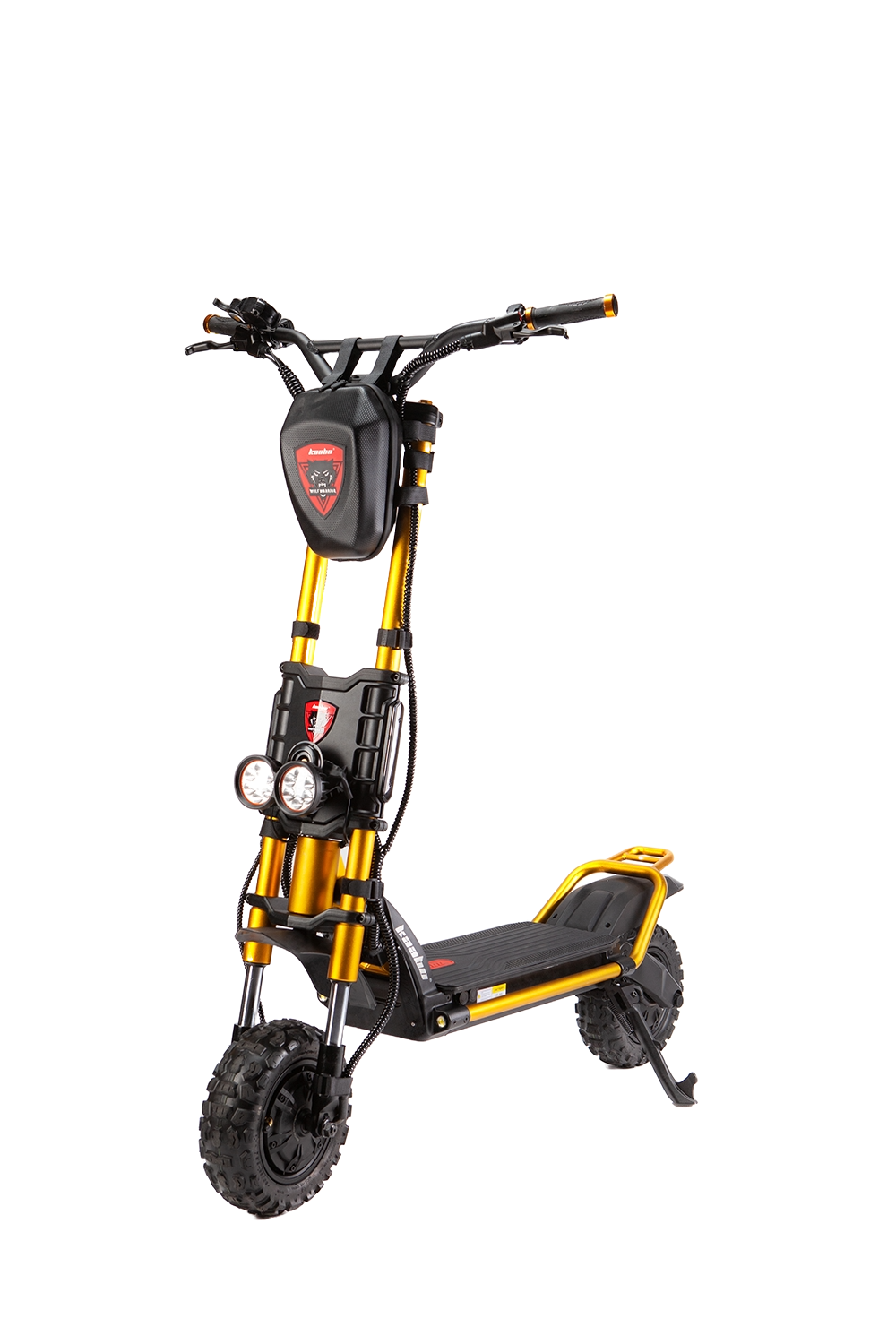
Inception of Segway Technology
The genesis of Segway can be traced back to an inspiring moment when inventor Dean Kamen observed a young man in a wheelchair struggling to navigate a sidewalk. Recognizing that the challenge lay not in the wheelchair but in a world designed for those with natural balance, Kamen and his team developed the groundbreaking Independence IBOT™️ Mobility System. This self-balancing mobility device empowered users to surmount stairs and navigate uneven surfaces, laying the foundation for broader applications beyond those with limited mobility.
The name “Segway” finds its inspiration in the word “segue,” symbolizing a smooth transition from one state to another. It encapsulates the essence of Segway’s transformative impact, turning individuals into empowered pedestrians, enabling them to cover greater distances, move swiftly, and carry more.
Self-Balancing Technology
Drawing a parallel with the human body’s instinct to prevent a fall, Segway’s technology replicates this response using wheels, a motor, microprocessors, tilt sensors, and gyroscopic sensors. By discerning a user’s forward lean, the system adjusts wheel speed to maintain balance, ensuring a seamless forward movement.
Commitment to Environmental Sustainability
As a pioneer in electric mobility, Segway-Ninebot is committed to providing eco-friendly alternatives for short-distance transportation. The adoption of Segway-Ninebot products for short journeys contributes to reducing reliance on conventional cars. Notably, the operation of these vehicles generates zero emissions, making them suitable for indoor use as well.
The Story of Ninebot
Founded in Beijing, China, Ninebot emerged as a significant player in the short-distance transportation industry. The strategic merger with Segway in 2015 solidified their combined focus on research, development, design, manufacturing, distribution, and sales of innovative transportation products. With strategic headquarters in the US, the Netherlands, and Beijing, as well as manufacturing centers in the US and China, Segway-Ninebot envisions seamlessly connecting robotic solutions to smartphones, integrating cutting-edge technologies like voice interaction and facial recognition into their products.
Company Milestones
- 1999: Inventor Dean Kamen establishes the company, later known as Segway.
- 2002: The first Segway Personal Transporters are sold on Amazon.com.
- 2015: Strategic combination with Ninebot.
- 2016: Segway Europe HQ opens in Amsterdam, The Netherlands.
- 2020: Segway-Ninebot goes public on the Shanghai Stock Exchange.
- 2023: Segway-Ninebot Europe enters the L3e-A1 scooter market with the electric Segway eScooter E300SE.
Innovations and Expansion
Over the years, Segway-Ninebot has continued to innovate and expand its product line:
- Launch of electric skates, the Segway Drift W1, in 2018.
- Introduction of the Ninebot Gokart Kit in 2018, creating a fully functional go-kart.
- Entry into powersports with three series of all-terrain vehicles featuring hybrid powertrains in 2019.
- Expansion into the L1e-B scooter market in Europe in 2021 with electric eScooter and eMoped.
- Introduction of intelligent features in the latest KickScooter models, including the E2 series, F2 series, and the successor to Europe’s most successful KickScooter, the MAX G2, in 2023.
Looking Ahead
As Segway-Ninebot celebrates surpassing 10 million KickScooters produced worldwide in 2022, the company continues to evolve. The latest KickScooter models, equipped with intelligent features and integrated indicators, align with new regulations. Notably, the introduction of the E2 series, F2 series, and the successor to the MAX G2 signifies the brand’s commitment to advancing urban mobility solutions. The year 2023 marks the company’s entry into the L3e-A1 scooter market segment with the electric Segway eScooter E300SE, showcasing its dedication to shaping the future of transportation.

